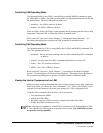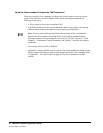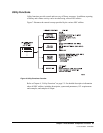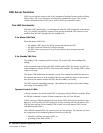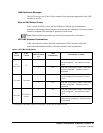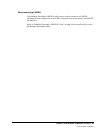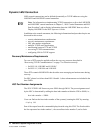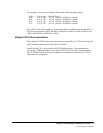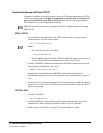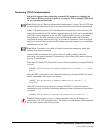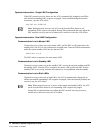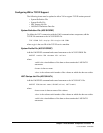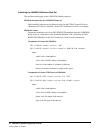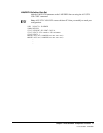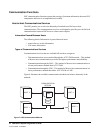
Chapter 2. Host Software Component Functions 71
1st ed., 6/30/04 - 312579601
For example, if a user enters Display CDS and the following output appears
HOSTID---LEVEL!FLAG---DESCRIPTION---
HSTA 4.0.0 (F0) ACTIVE PRIMARY SECONDARY STANDBY
HSTB 4.0.0 (F0) ACTIVE PRIMARY SECONDARY STANDBY
HSTC 4.0.0 (F0) ACTIVE PRIMARY SECONDARY STANDBY
HSTD 4.0.0 (F0) ACTIVE PRIMARY SECONDARY STANDBY
then, HSTA is host index number 1, which when added to 50000 means that the HSC on
HSTA uses port number 50001, the HSC on HSTB uses 50002, the HSC on HSTC uses
50003, and the HSC on HSTD uses 50004.
Multiple TCP/IP Stack Implications
When multiple TCP/IP stacks run on the same host as the HSC, the TCP/IP stack used for
LMU communications must be identified to the HSC.
Modify the HSC JCL to include the SYSTCPD DD statement. This statement must
specify the TCPIP.DATA data set used by the TCP/IP stack for LMU communications.
The TCPIP.DATA data set contains configuration information required by the TCP/IP
client and server programs.



